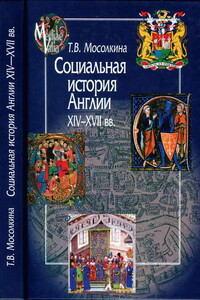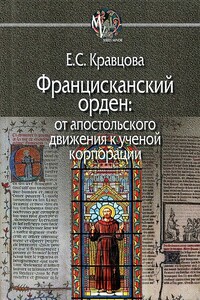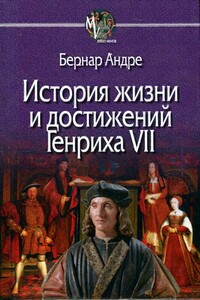Chapter one addresses the formation of the kindom of the Franks and undertakes to examine the events of Clovis’ coming to power, of his baptism and of the delineation of the boundaries within the family between the winning and the losing lines. Constructing the story of the Franks’ forceful conquest of Soisson and of Northern Gaul in general, which goes against the archaeological evidence and information from other sources, Gregory of Tours, as this study suggests, followed his own goal of presenting the Franks as the group whose legitimacy in excercising power did not depend on the Roman empire’s sanction. His description of Clovis’ visit to Tours showed the bishop attempting to portray the king as the duly chosen lieutenant of the Byzantine emperor, but the one whose prerogatives were transferred to him not by the emperor’s legates but the bishop of Tours. Thus he saw the Frankish kings as both belonging to the Mediterranean world and distinct from it, as being part of the imperial aristocracy and elite, and at the same time as conquerors who owed their authority to no one. The chapter also suggests that Gregory of Tours made his choice of supporting the Austrasian brach of the dynasty in the person of Childebert over the Soisson branch, represented by Chilperic. This choice was due to the attempt of Chilperic as the king of Neustria to claim control of Tours to himself, whereas Childebert as the more distant ruler did not arise the same suspicions and negative attitude. This predilection towards who he thought was the “better” king he thought should transform into historical reality. But Gregory of Tours’ representation was far from being a true representation of historical trends as the branch of Childebert lost in the long run and that of Chilperic managed to become the main one and to produce all remaining kings of the Merovingians. Thus the bishop of Tours’ highly subjective approach highlighted the episcopal privilege and put to the fore the king who recognized it, while the historical situation rapidly developed towards favoring the branch that the prelate saw as ill-fitted and doomed. While Gregory espoused the idealized picture of the kingdom as an heir to the Roman diocese where the bishops and cities were key to power structures, while the situation rapidly developed towards the kings appropriating the powers of imperial representatives that had earlier been reserved for general like Aegidius. Gregory underappreciated the capability for maneuver that the youngest son of Chlotar I from his last marriage could muster and generally failed to grasp the attempts of the weakest king in the family hierarchy to aspire to the position of an educated philosopher-king and intermediary. But in Fredegar’s Chronicle the accents changed as the author sought to emphasize continuity between the Frankish kings and the Roman empire, whose generals their predecessors could have served as soldiers. In the “Liber historiae francorum” the representation of the Frankish kingdom came to resemble the straight line from the barbarian military commanders of the fifth century to the Christian kingdom of the seventh and eighth centuries. Thus one may notice that the representation of the Frankish kingdom changed significantly, from being that of the episcopal republic under the aegis of the good kings and in constant competition with the unruly representatives of the Merovingian family, to the kingdom that incorporated in its unity with the dynasty the ideal of Christian authority.
Chapter two shows how the development of monasticism in the seventh century contributed to the changes in the patterns of literacy as many educated people began to shift their writing habits to hagiography. It investigates the ways in which sacrality, originating from monastic community, was added to the image of the king which had been hitherto perceived as the intermediary between the Mediterranean post-Roman world and the world of barbarian limes. This chapter suggests that these sources produce a picture one needs to take into account with caution. On the one hand, the wide spread of saints’ lives produced an impression of the monastic communities’ privileged position since the very first day of monastic onslaught. Careful examination suggests, however, that for a relatively long period the rising number of monasteries had not initiated the reshaping of the foundations of the royal authority. Using the example of St-Denis, this chapter suggests that the monastery’s history shows it to be a regular monastic establishment which had not yet developed a unique tie with the Frankish kings it did later. Much as with the Gregory of Tours’ Histories, hagiography produced an impression of the close ties between the kingship and monasticism from the early seventh century, whereas in reality the kings long continued to be ignorant of the opportunities the new phenomenon provided. Thus in the lives of the seventh and early eight centuries nothing had changed with the coming of the monasteries as the kings remained largely out of contact for the monks. This chapter suggests that the Merovingian kingship continued to be built in this age on the close connection the cities that had been important until the trends first noticed by Henri Pirenne started to weigh heavily on their existence. Thus the imagined historical picture needs to be separated from the actual history of the Merovingian kingship in the case of hagiography just as it has been done in the first chapter in the case of narrative histories.






